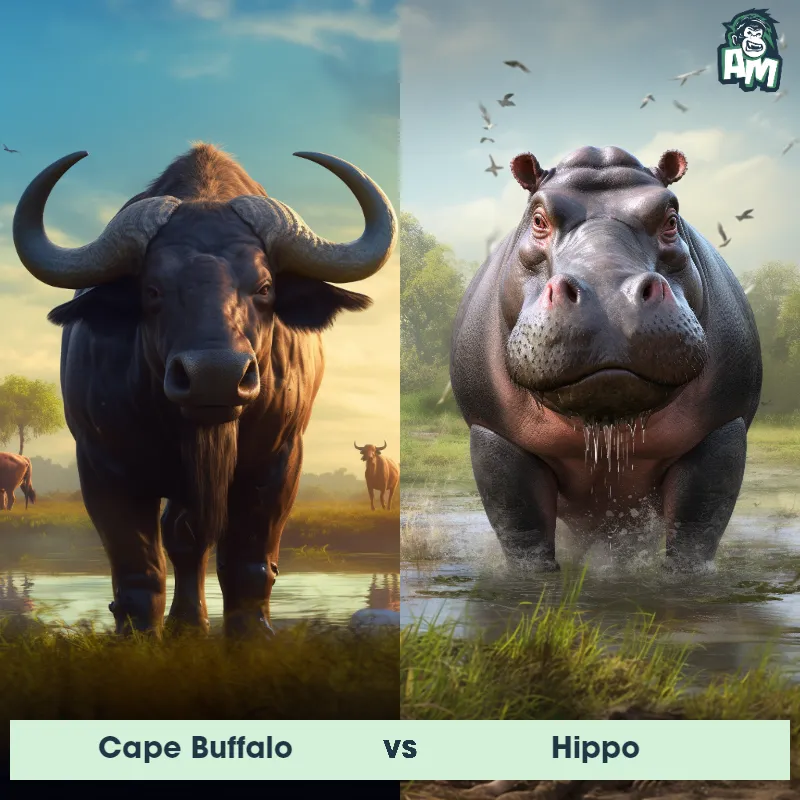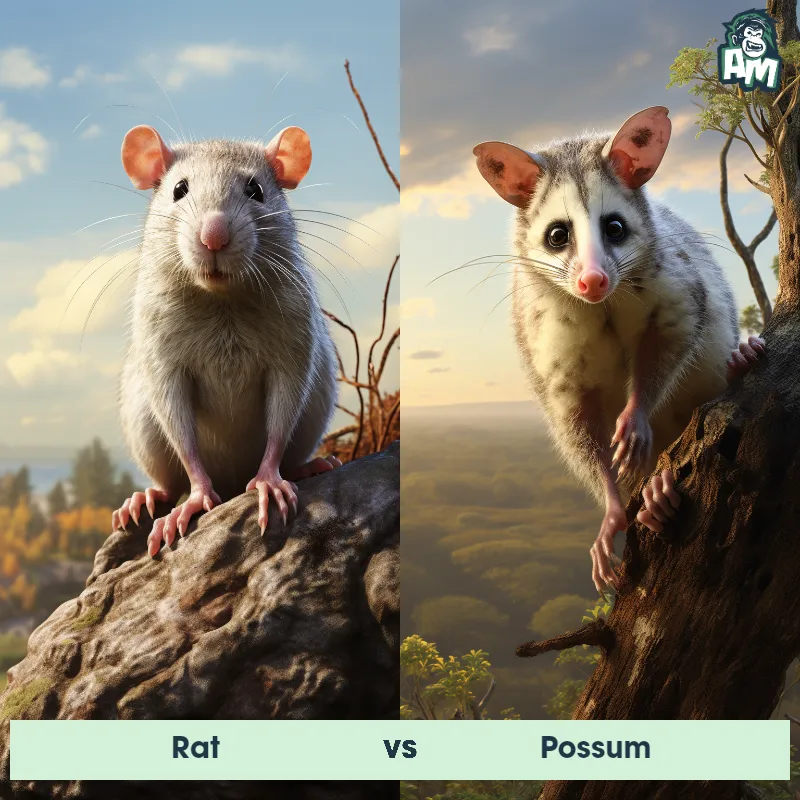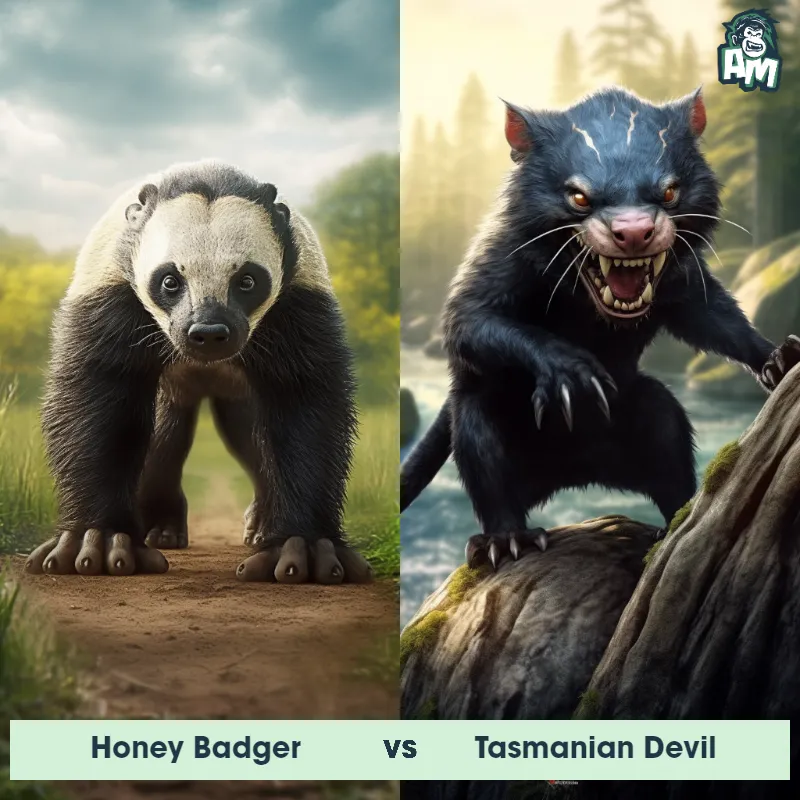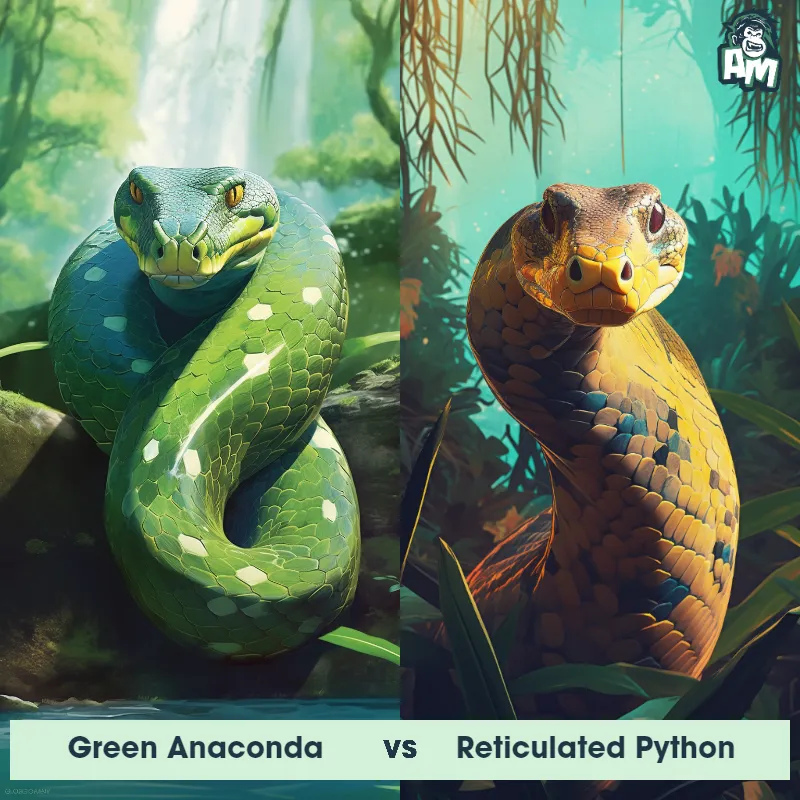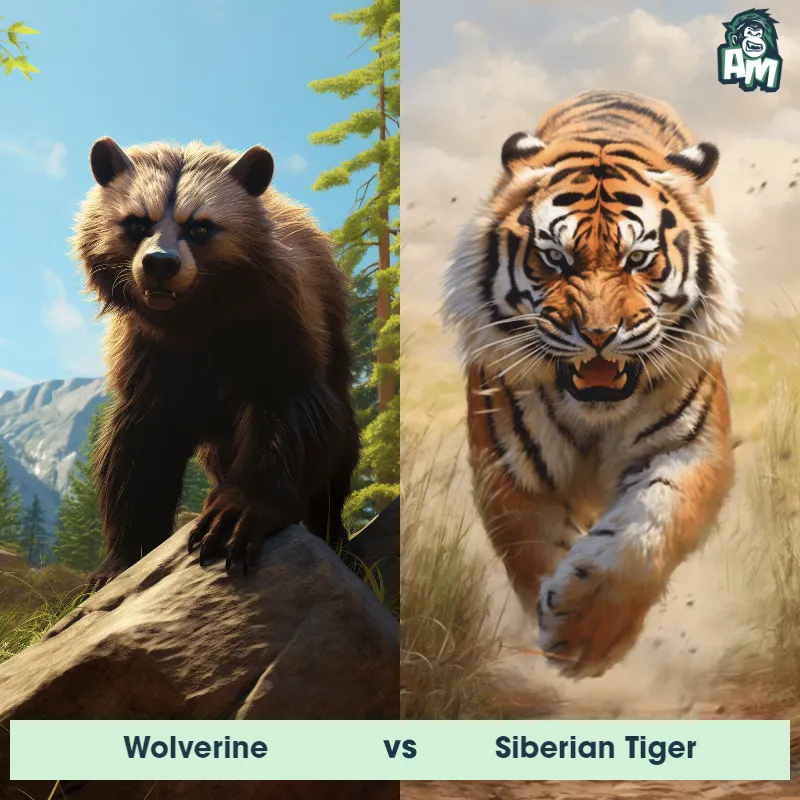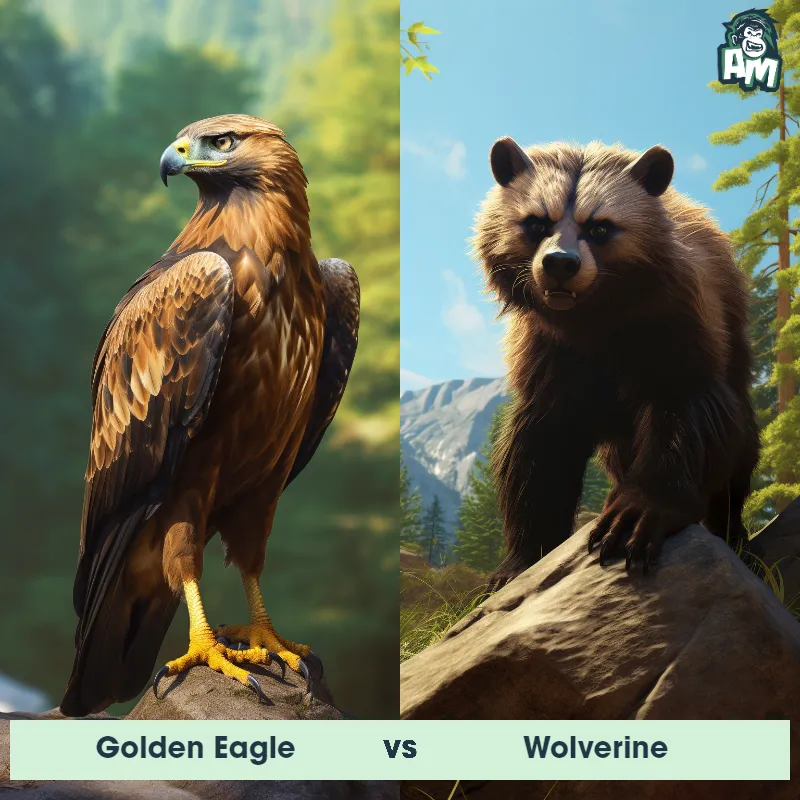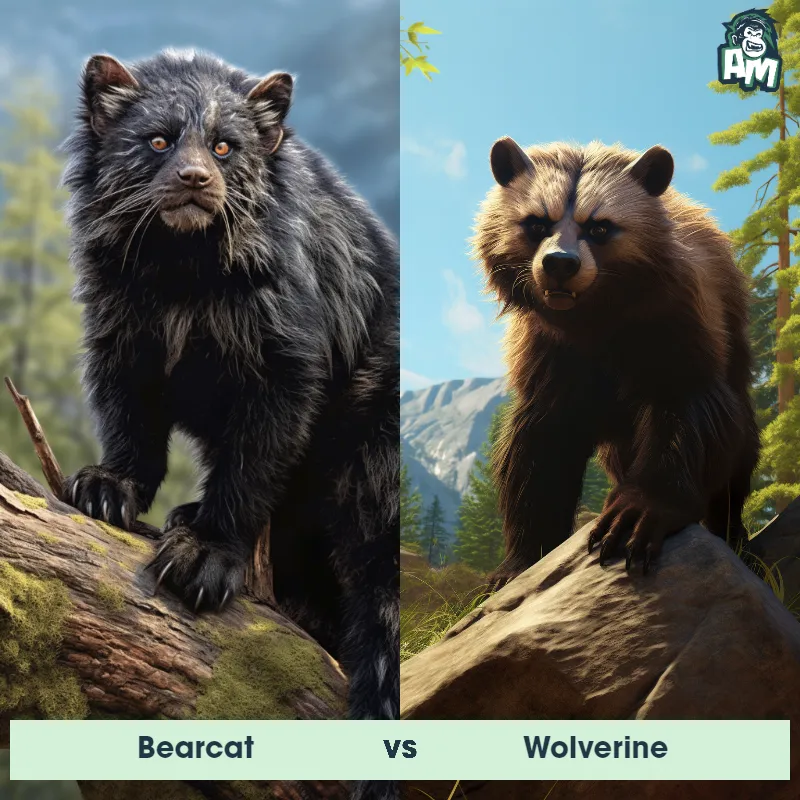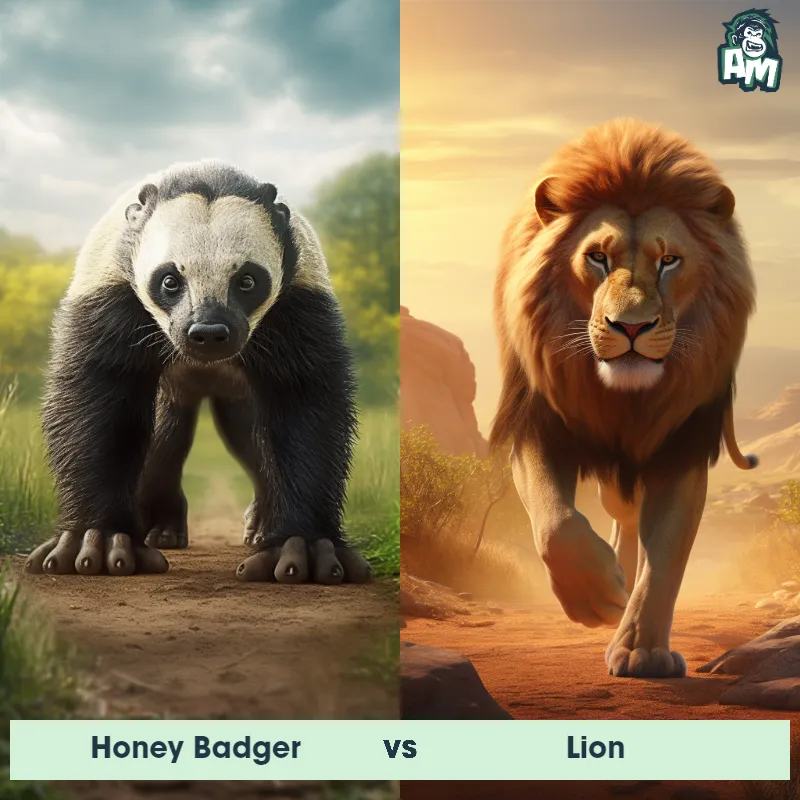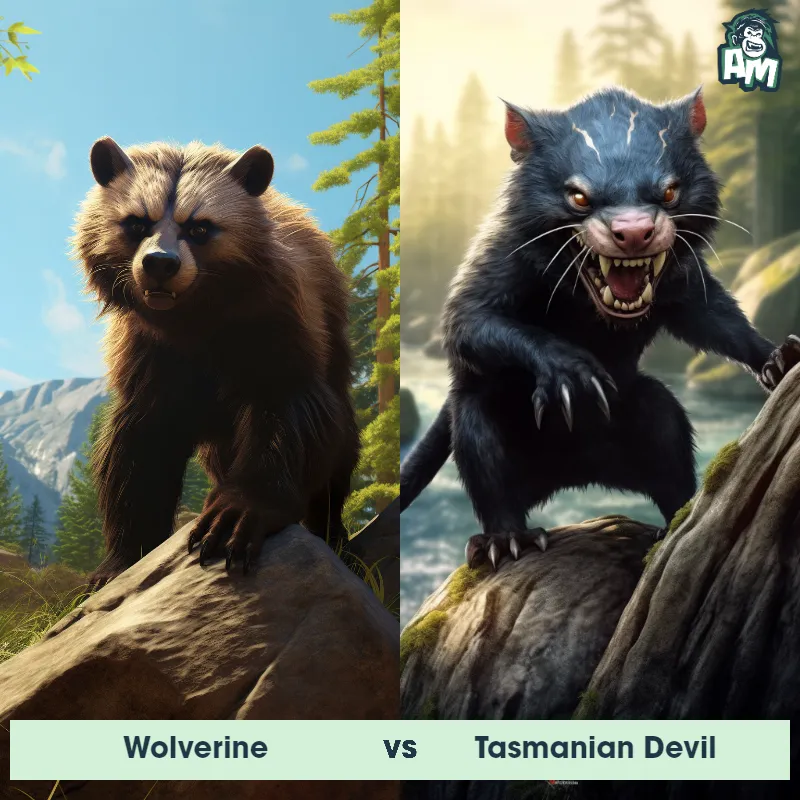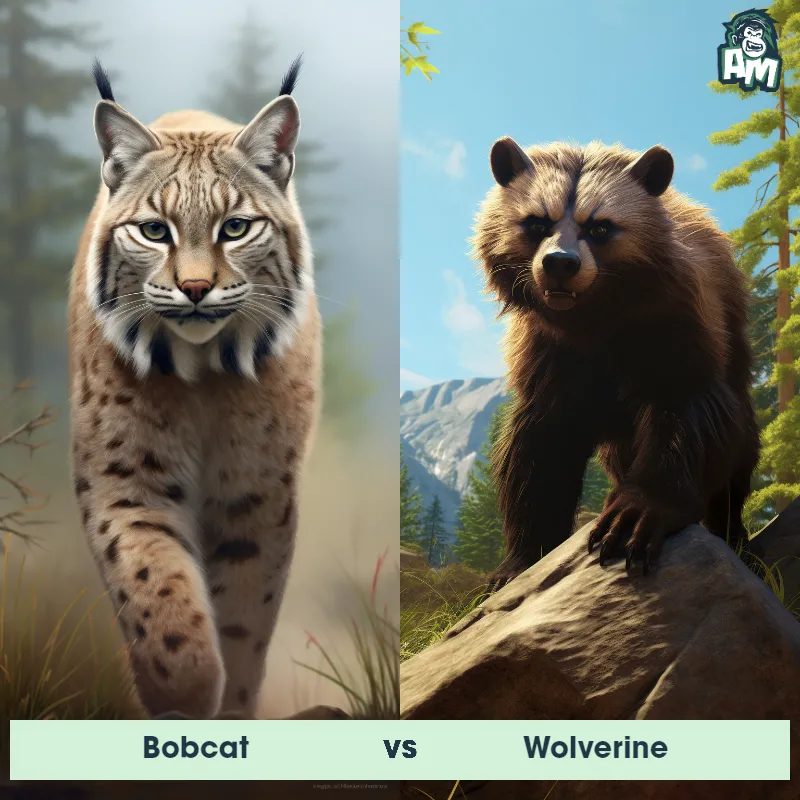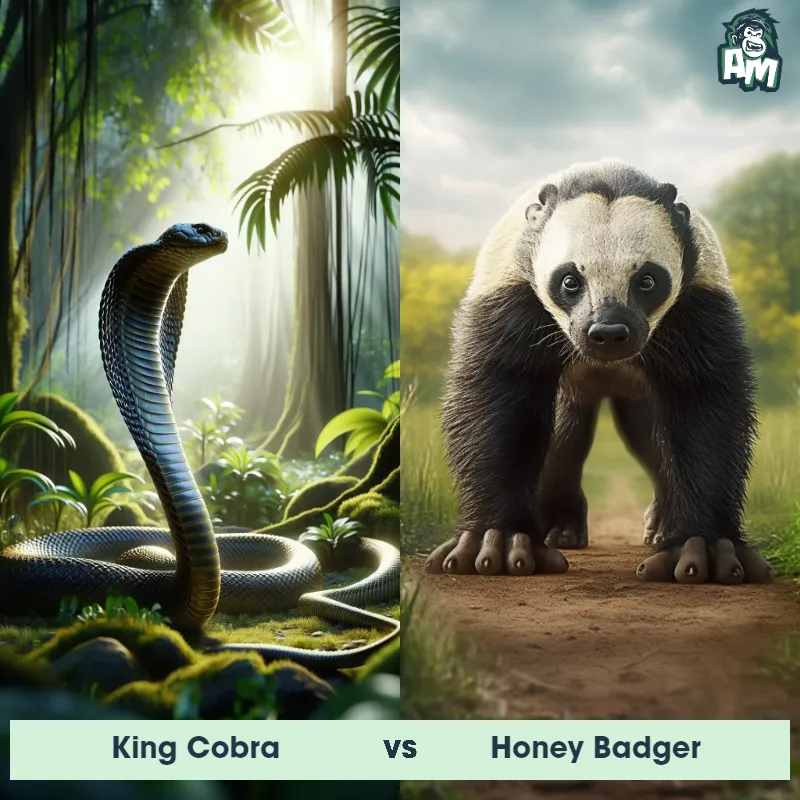🦡 Honey Badger vs 🐍 Burmese PythonSee Who Wins

Ladies and gentlemen, welcome to another thrilling matchup here in the Animal Matchup arena! Tonight, we have a clash of two deadly contenders. In the red corner, weighing in at 25 pounds, we have the fearless Honey Badger. And in the blue corner, measuring a length of 15 feet, we have the formidable Burmese Python. It's time to witness a battle like no other!
Contender 1: Honey Badger
The Honey Badger, also known as the ratel, is a small carnivorous mammal found in Africa, Southwest Asia, and the Indian subcontinent. They have a stocky build, with a broad head, powerful jaws, and sharp claws. Their fur is thick and coarse, ranging in color from gray to black with a distinctive white stripe on their back. Honey Badgers are known for their fearless and aggressive nature, often taking on animals much larger than themselves, such as lions and hyenas. They are also known for their ability to withstand venomous snake bites and their love for honey, which they obtain by raiding beehives.
Fun Fact: Honey Badgers have been known to dig up and eat buried human corpses, earning them the nickname "the world's most fearless animal."
Contender 2: Burmese Python
The Burmese Python, also known as Python bivittatus, is one of the largest snakes in the world, growing up to 23 feet in length and weighing up to 200 pounds. They have a distinctive pattern of brown and tan scales with dark blotches, and their heads are shaped like a triangle. Burmese Pythons are non-venomous and kill their prey by constriction, squeezing their prey until it suffocates.
Fun Fact: Burmese Pythons are excellent swimmers and can stay underwater for up to 30 minutes at a time.
Matchup Stats
| Honey Badger | Burmese Python | |
|---|---|---|
| Size | 25-30 inches (63-76 cm) in length | Up to 23 feet (7 meters) |
| Weight | 19-26 pounds (9-12 kg) | Up to 200 pounds (91 kilograms) |
| Speed | Speed: 20 mph (32.19 km/hr) | Speed: 5 mph (8 km/hr) |
| Key Strength | Powerful jaws and sharp claws | Constriction |
| Biggest Weakness | Short legs and small size | Vulnerable to attacks on the head |
Current Votes
Honey Badger vs Burmese Python
See Who Wins
View More Matches
Looking For More?
Similar Matches
Scientific Stats
| Honey Badger | Burmese Python | |
|---|---|---|
| Scientific Name | Mellivora capensis | Python bivittatus |
| Family | Mustelidae | Pythonidae |
| Habitat | Terrestrial | Terrestrial |
| Geography | Africa, Southwest Asia, and the Indian subcontinent | Southeast Asia |
| Diet | Carnivorous, eats small mammals, birds, reptiles, insects, and honey | Carnivorous, preys on mammals, birds, and reptiles |
| Lifespan | 24 years - 26 years | 20 years - 30 years |
Key Differences between Honey Badger and Burmese Python
- Limbs: The Honey Badger has short and stout legs, with long claws for digging and climbing, whereas the Burmese Python lacks limbs altogether, having evolved into a limbless snake.
- Size: The Burmese Python is significantly larger than the Honey Badger, with adults reaching lengths of up to 20 feet and weighing over 200 pounds, while Honey Badgers are much smaller, measuring around 2-3 feet in length and weighing around 20-30 pounds.
- Scale texture: The Honey Badger possesses coarse and shaggy fur, which gives it a slightly scruffy appearance, while the Burmese Python has smooth and glossy scales that give it a sleek and shiny appearance.
- Coloration: The Honey Badger boasts a distinct black body with a white cape across its back and sides, while the Burmese Python showcases an intricate pattern of brown, gold, and black markings on its skin.
- Tail shape: The Honey Badger has a short, stubby tail extending from its body, while the Burmese Python features a long and tapering tail, aiding in maneuverability and locomotion.
- Body shape: The Honey Badger has a stocky and muscular body, low to the ground, with a broad head and powerful jaws, whereas the Burmese Python has a long, slender body with a narrow head and sleek profile.








